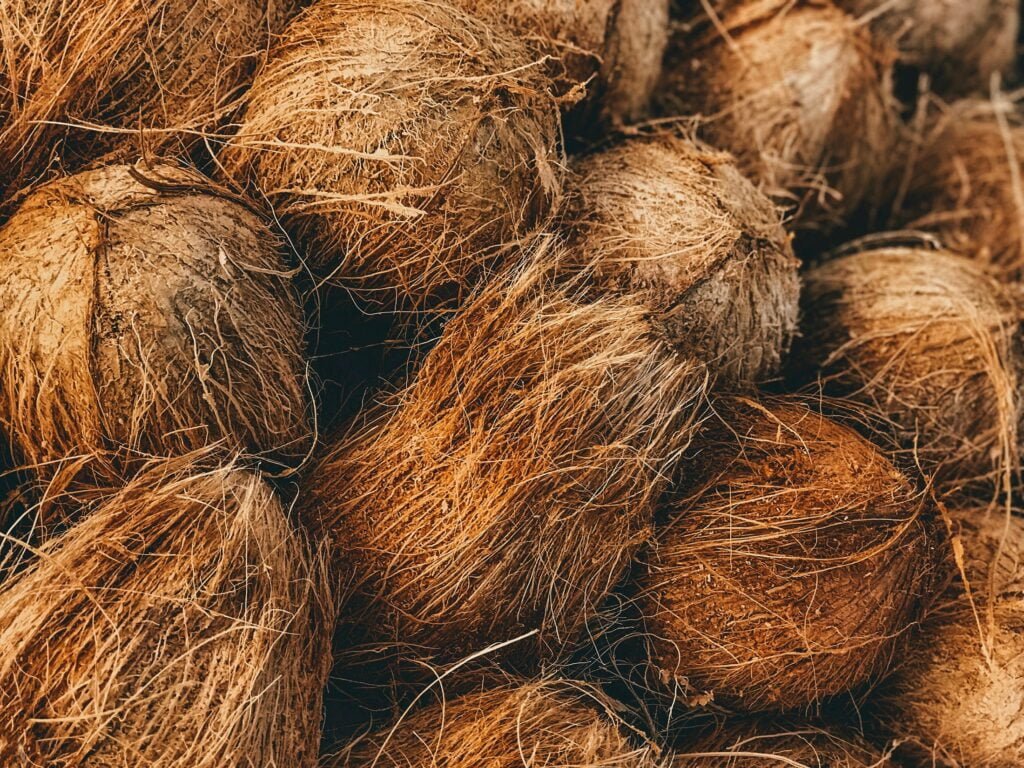How to Use Coco Fiber for Planting

How to Use Coco Fiber for Planting
In the gardening world, coco fiber is very popular because of its great characteristics. People want to utilize its ability to retain moisture. It will also provide space for the root growing route. You can use coconut fiber in various ways.
In Hanging Baskets and Planters
what is coco fiber used for? If you are living in an apartment and love gardening, you will love coco fiber since it can be used in hanging baskets and window box planters. The coco fiber will not be used as the main growing media, after all. It will be used for lining the planter or basket. This way, you can get a natural pot that is not only breathable but also attractive.
Hanging this type of planter will not be a problem at all because it is very light in weight. The potting medium will be held in place by the coconut fiber. The plants will get the water that is slowly released by the coconut fiber. Remember, coconut fiber can absorb water pretty well. The porous nature of coconut fiber also allows the plants to get oxygen easily. You do not want to miss coco fiber benefits especially if you are super busy.
In Hydroponic System
Some people buy bulk coco fiber for their hydroponic system. Yes, coconut fiber is very popular for a hydroponic system. Hydroponics will need something that will not decompose quickly. It must be able to retain water properly. It must also have neutral pH. It must be able to transfer essential nutrients to the root system of the plants. It must also be great if it is anti-fungal as well.
Those qualities can be found in coconut fiber, after all. The plants that are grown in this kind of environment will be healthy and happy. You should not use the freshly bought coco fiber for sale right away for your hydroponic system. You need to wash it thoroughly to remove any excess salt that remains due to the processing. You have to make sure that it is free from tannins. The right time to stop washing is when the water no longer looks like iced tea.
You can mix the coconut fiber with clay stones in an equal amount for the perfect growing medium. Do not forget about the nutrients needed by the plants. You need to keep in mind that coconut fiber has high potassium and phosphorus contents. However, it does not have enough nitrogen, manganese, magnesium, iron, copper, chlorine, and calcium. It means that the nutrients for the plants must be suited to this circumstance.
In Flower Beds and Vegetable Gardens
Your flower beds and vegetable gardens will get a great benefit from coco fiber. You might be able to find a ready-to-use coconut fiber mix, but it is pretty expensive. To save some money, you can consider buying a coconut fiber brick and preparing it properly for your vegetable gardens and flower beds.
The brick cannot be used for planting yet. You need to soak it in water until it grows about 15 times the original brick size. How much water should you use for this process? You just need to add water over and over again until the coconut fiber is moist enough and feels like soil. You can add the necessary nutrients to the coconut fiber based on the type of plants you want to grow. If you buy coco fiber a lot, you can store the leftover properly in brick form.
For Starting Seeds
Using coconut fiber for planting can be a great investment in your gardening activity because it can be used for various purposes. You can also use it when starting seeds. You will need soil discs made from the coconut fiber pellet. You can simply put the pellet into the tray. By wetting the tray, the pellet will expand very quickly.
You want to use quality coco fiber for seedlings’ homes because it can provide enough room for the plant root to expand. It also comes with a biodegradable composition that can make the transplanting process easy. The benefits of coconut fiber for seedlings will be brought until the seedlings are moved to the garden. The new plant will be kept hydrated and easier to adapt to life. It is thanks to coconut fiber disk that can retain moisture.
For Container Plants
Of course, the use of coco fiber for plants cannot be separated from the container plants. You might want to put it at the bottom of your pot. This way, you do not have to worry when you forget to water your plants because the moisture will be retained by the coconut fiber. The water will not drip out, as well. You can also use coconut fiber as a soil topper. Since the soil is covered with coconut fiber, evaporation can be prevented. This coconut fiber function can enhance your gardening experience greatly.
For Climbing Plants
The coconut fiber can also give great benefits for climbing plants such as roses and vines. You can use coconut fiber poles. The coconut fiber is wrapped around the poles. Where to buy coco fiber might be a common question that many people ask. When you can find one, you can also buy the poles for your climbing plants. They will love the poles since they can offer extra moisture and also support plants’ growth.
For Biodegradable Pots
Last but not least, you will also like biodegradable pots made from coconut fiber. The coconut fiber is molded into a real pot. You can simply use it as a pot for your plants. You might be able to find the plants from the local nursery that are placed in this coconut fiber pot. People love it because it is easy to transplant plants with coconut fiber pots. You can find the most common coco fiber pots that are made in seedlings size. The plant roots will get protection from the coco fiber as they expand. Of course, its ability to retain moisture is very useful, as well. You do not have to worry about removing the coconut fiber pot since it will wear away once the plant can adapt to the new home properly.
Tags: coco fiber, coconut fiber, coconut coir, coconut peat
